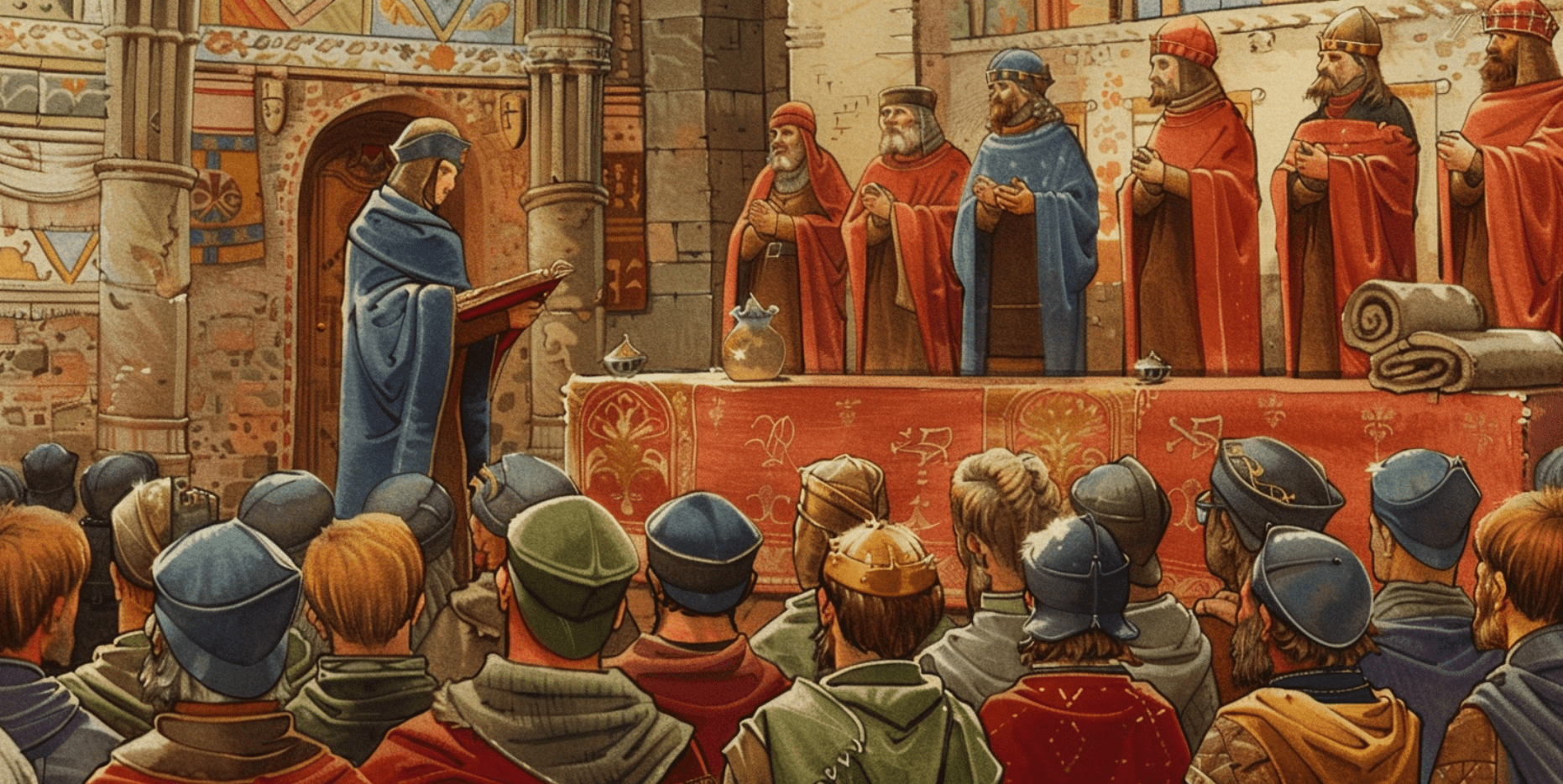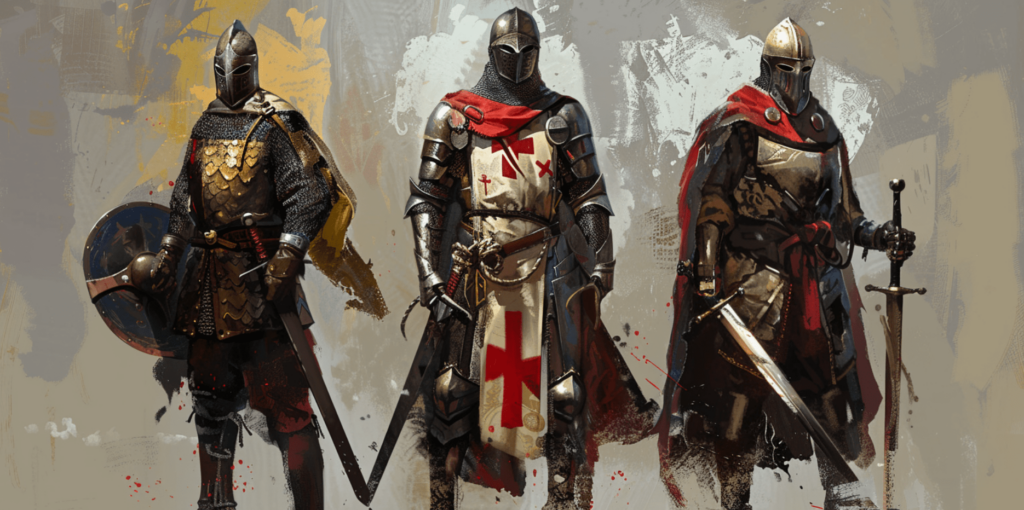Are you ready to discover the fascinating world of medieval history? If you’re curious about knights, castles, and the stories of old, you’re in the right place. This journey will take you through time to an era full of adventure and intrigue. We’ll explore what life was like, who the knights were, and how they lived their lives. So, let’s start our quest into the past and uncover the secrets of the medieval age together.
Setting the Stage
The Middle Ages are usually defined as being between the 5th and 15th centuries. This time witnessed the growth and decay of empires, the spread of religions, and the creation of new cultures. This era is often divided into the Early, High, and Low Middle Ages, each with different features and issues.
The early medieval age was considered the fall of the Roman Empire, which gave way to the so-called Dark Ages. Nevertheless, this was also an era of accommodation and cultural assimilation. The High Middle Ages was when kingdoms, trade, and the feudal system were established as the norm. The towns develop, and the learning is widely spread.
The Late Middle Ages were stained with scarcity, plague, and conflict on one hand, but the Renaissance came to be the herald of the new era that ushered in changes and new ideas. A detailed description of all periods seems an unattainable goal, but you can ask for a draft from real academic experts. Use Speedy Paper Helper or other companies to delegate complex assignments on History and learn more.
The Age of Knights
Knights are often the ones people first picture when they imagine the middle ages. But then, who was a knight? Knights were warriors who were mounted and carried out their tasks on horseback. Besides, they could belong to the nobility, serving the king or local lords. Knightmaking was by no means a simple undertaking. A boy would start as a page to acquire some etiquette and knowledge.
From the time they were very young, they served as squires to a knight until they became warriors. The final step was that if they proved their worth, they would be knighted in a special ceremony. Knights were supposed to behave by a code called chivalry, which prescribed values such as bravery, courtesy, and honor. This code inspired not only the knights but also the whole community. It was the foundation for social norms and rules of conduct, thus creating a specific medieval culture.

Daily Life in the Medieval Period
The way of life in the medieval period changed based on one’s societal position. All noblemen could live well, with their time divided between managing lands and holding court. Among them were knights who mostly came from noble clans whose primary mission was learning and serving their lords in battle.
The clergy, composed of priests and monks, held a primary position in education and guiding the faithful. They were in monasteries and churches, where they spent much of their time meditating and serving the community. The leading figures were peasants, who had to work hard on the land. Their lives were hard, as they spent the whole of their labor time merely to keep alive. Life for students is also difficult, but you can use this link: wordcounttool.com/blog/writing/how-to-write-an-essay-tips-for-its-preparation. Indeed, understanding the basics of writing will help you cope with describing key historical eras.
Key Historical Events and Figures
Many seminal events happened in the medieval period. The Crusades, a series of religious wars that shaped Europe and the Middle East, had a long-lasting impact on the region. They both acted as a medium for cultural interactions and revised trade routes. The Hundred Years’ War evolved in the face of warfare and national identity between England and France. The disaster of the Black Death, one of the most severe pandemics, caused a huge reduction in population and brought some changes to social life.
This era witnessed the rise of prominent people who made a mark on life. Eleanor of Aquitaine was a queen of an independent realm who was a mother to kings, an influential patron of the arts, and a leader of women. Richard the Lionheart, an emblem of bravery and leadership, was one of the Crusades’ protagonists. All these historical figures are known due to specific personal characteristics, actions, and findings that have influenced the formation of eras! Knowing in more detail all their actions. students will be able to shape the vector of development of specific countries and nations.
Challenges and Misconceptions
One false idea most people have about medieval times is that they were dark and ignorant, often called the “Dark Ages.” Nonetheless, this concept fails to grasp the complexity of the period, which was characterized by profound cultural, scientific, and philosophical achievements. For example, while Europe faced difficulties, the Islamic world was a period of glory in science and learning.
The second misconception is that knights were all noble heroes when, in fact, the truth was more complex, with knights being involved in local power struggles and sometimes acting more out of interest in self than the concept of chivalry. In other words, you should carefully compare historical facts and not romanticize some aspects to see the whole picture.

